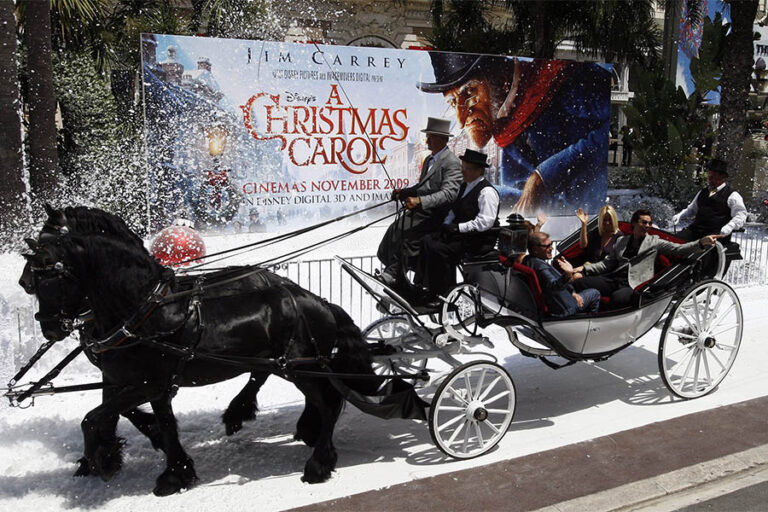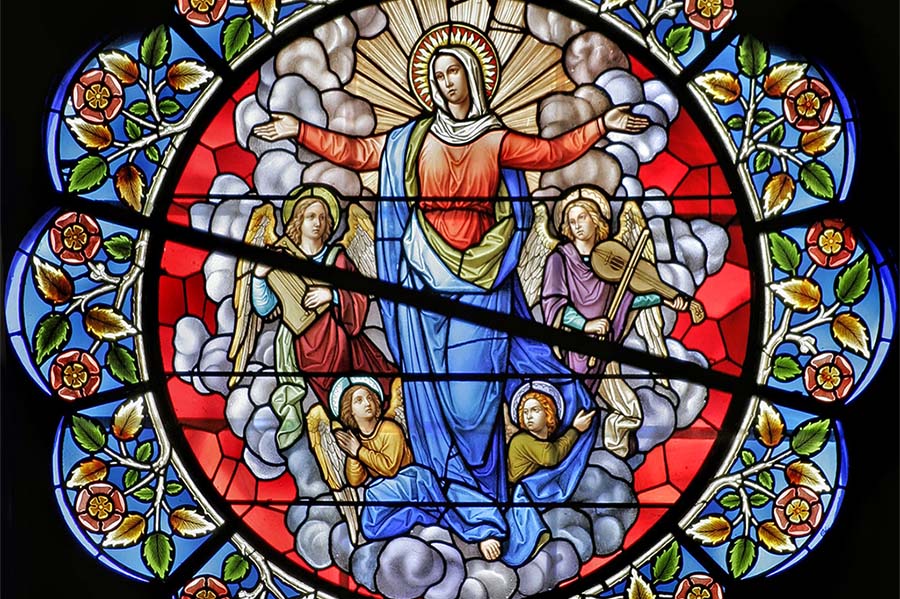A short, simple statement — “Marley was dead” — ranks high in any list of most famous first lines in all of literature. Marley, we soon learn, is the deceased former partner Ebenezer Scrooge, the memorable central figure in Charles Dickens’ classic “A Christmas Carol.”
As the story begins, Dickens introduces us to Scrooge in typically Dickensian fashion, piling on the adjectives in a manner that leaves no doubt about the kind of fellow Scrooge is: “a squeezing, wrenching, grasping, scraping, clutching, covetous old sinner.” And then, lest anyone have missed the point about this man: “solitary as an oyster.”
I don’t know about you, but I make a point of giving “A Christmas Carol” a fresh reading every year, and it never disappoints. Neither do the 1951 British film version with Alistair Sim as Scrooge nor the 1930s radio reading of the tale by Lionel Barrymore. These two never disappoint, and I hope they will be readily available on TV and radio again this year.
“A Christmas Carol” was first published in 1843 and is still going strong.
Besides my two personal favorites, as well as the small book of course, there are many other versions — stage and film, TV and radio — and I have no doubt that the adaptations will keep coming for many years yet.
What accounts for the perennial popularity of this story no matter which medium? While there is no single answer, an obvious one does stand out.
In the movie version that I mentioned, it’s the stellar performance of Alistair Sim as Scrooge, together with a peerless supporting cast of British character actors. Possibly there have been better renderings than this, but if so I don’t know them, and this one is memorable. So, for that matter, is the reading of the story by Lionel Barrymore in his best Scrooge-ish voice.
One mild reservation I have about the British movie concerns the fact that while it originally was in black and white, color has been added more recently. The color isn’t bad, but black and white was better suited to some settings — London slums, a cavernous old house, a cemetery — as well as the atmosphere as a whole. But in either version, the film is a gem.
How about religion? Some readers (or viewers or listeners) may find it off-putting that Charles Dickens himself identified at various times with various churches and eventually seems to have felt at home with Unitarianism. But not only does “A Christmas Carol” have what one might call a generically religious background, it also contains many quite concrete religious references.
The action of the story, after all, takes place on not just any day of the year but, very specifically, on Christmas Eve when Scrooge has his life-changing encounters with the Ghosts of Christmas Past, Christmas Present and Christmas Yet to Come. And the change in Scrooge is best described as a conversion. After the third ghost shows him his own neglected grave, Scrooge lifts his hands in prayer “to have his fate reversed.” And so it is.
Now he is truly a changed man. “He became as good a friend, as good a master, and as good a man as the good old city knew….Some people laughed to see the alteration in him, but he let them laugh and little heeded them. His own heart laughed, and that was quite enough for him.”
And this heartwarming tale of conversion closes with the repetition of Tiny Tim’s famous invocation, “God bless us, every one!”
Read More Commentary
Copyright © 2024 OSV News








